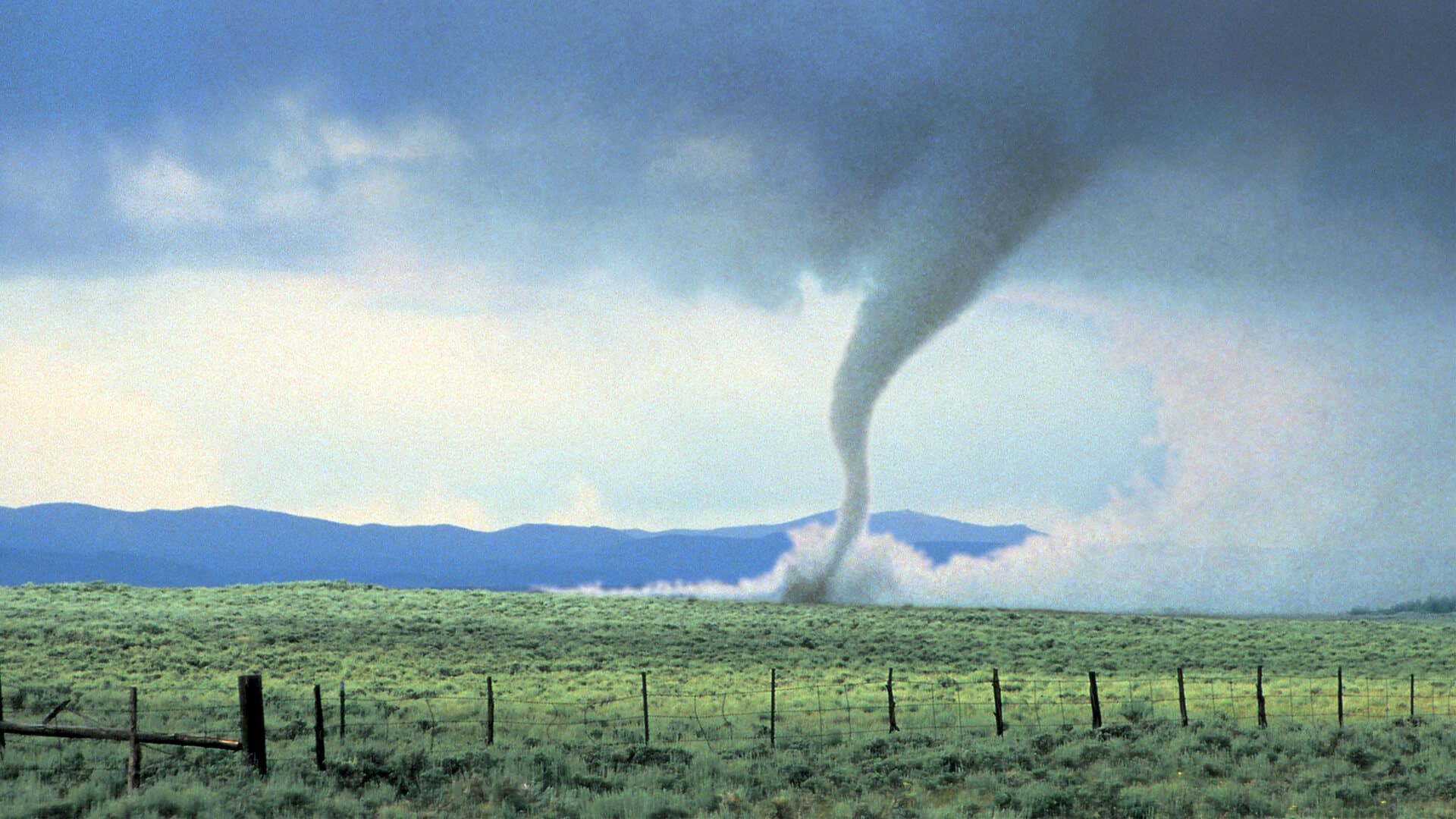In the ongoing saga of space exploration, national flags on the moon are more symbolic than legally significant. Technically, no one owns any part of outer space, but space mining companies are on a mission to change that.
The Outer Space Treaty of 1967 established that no nation can claim land in outer space or on celestial bodies like the moon. This international agreement, signed by over 60 countries, states that space and its resources are the “province of all mankind.”
However, the rise of private space companies has raised questions about the treaty’s application. Some argue that private entities could operate in space, while others contend that the treaty’s regulations extend to commercial ventures.
Amidst this ambiguity, space mining has become a lucrative prospect. Asteroids like “Davida” are estimated to contain valuable metals worth an estimated $27 quintillion. Yep, that’s a 27 followed by 18 zeros!
The United States has taken a proactive stance in encouraging the space industry. Laws passed since 2015, reinforced during the Trump administration, support private citizens’ rights to own space materials. The Artemis Accords, initiated in 2020, echo this perspective but have faced criticism for excluding major space players like Russia and China.
The evolving landscape of space regulations raises crucial questions about property rights, environmental considerations, and international collaboration, shaping the future of commercial activities in outer space.
Space mining might just be the catalyst that transforms outer space from a no-man’s land into a playground for the privileged few.











